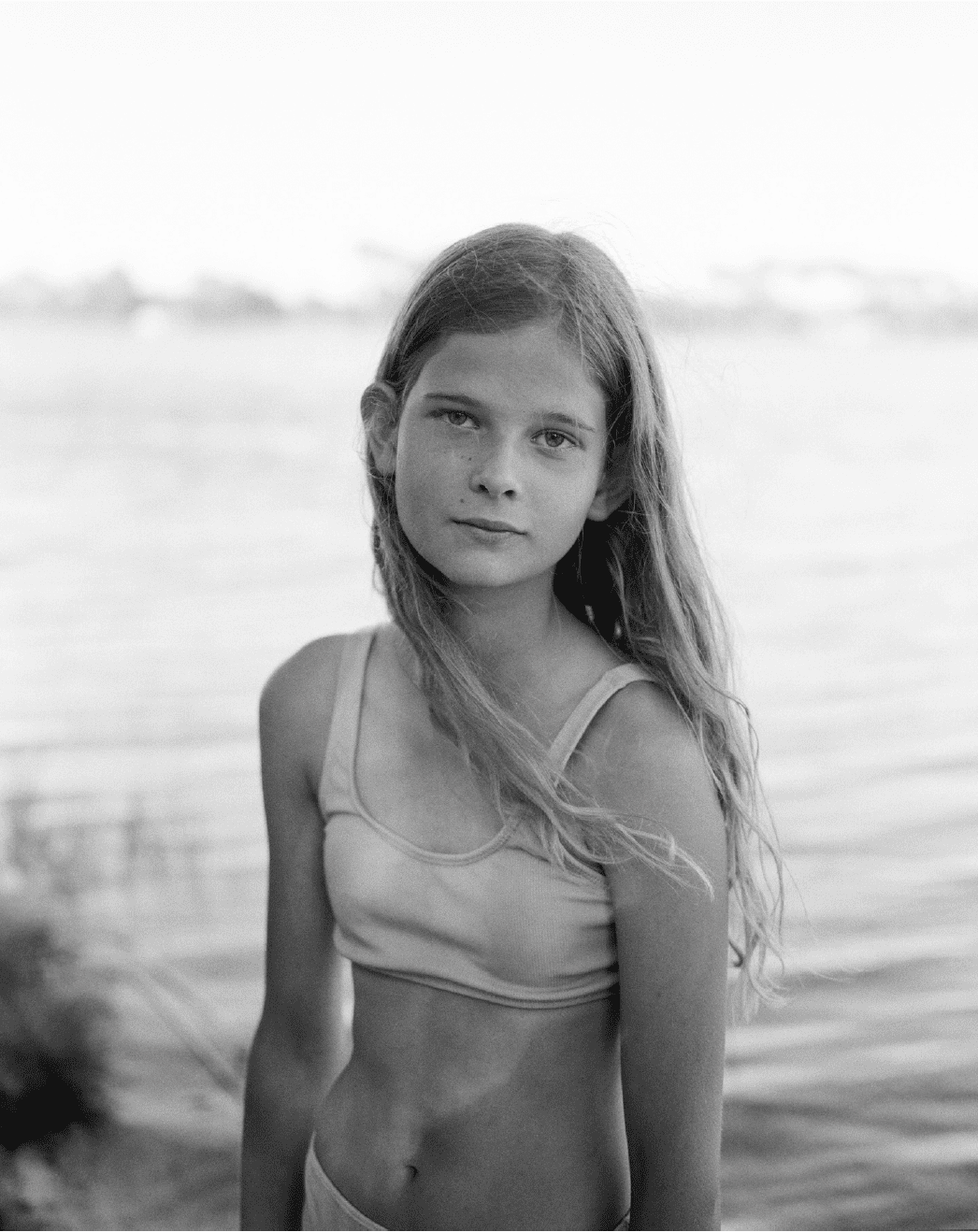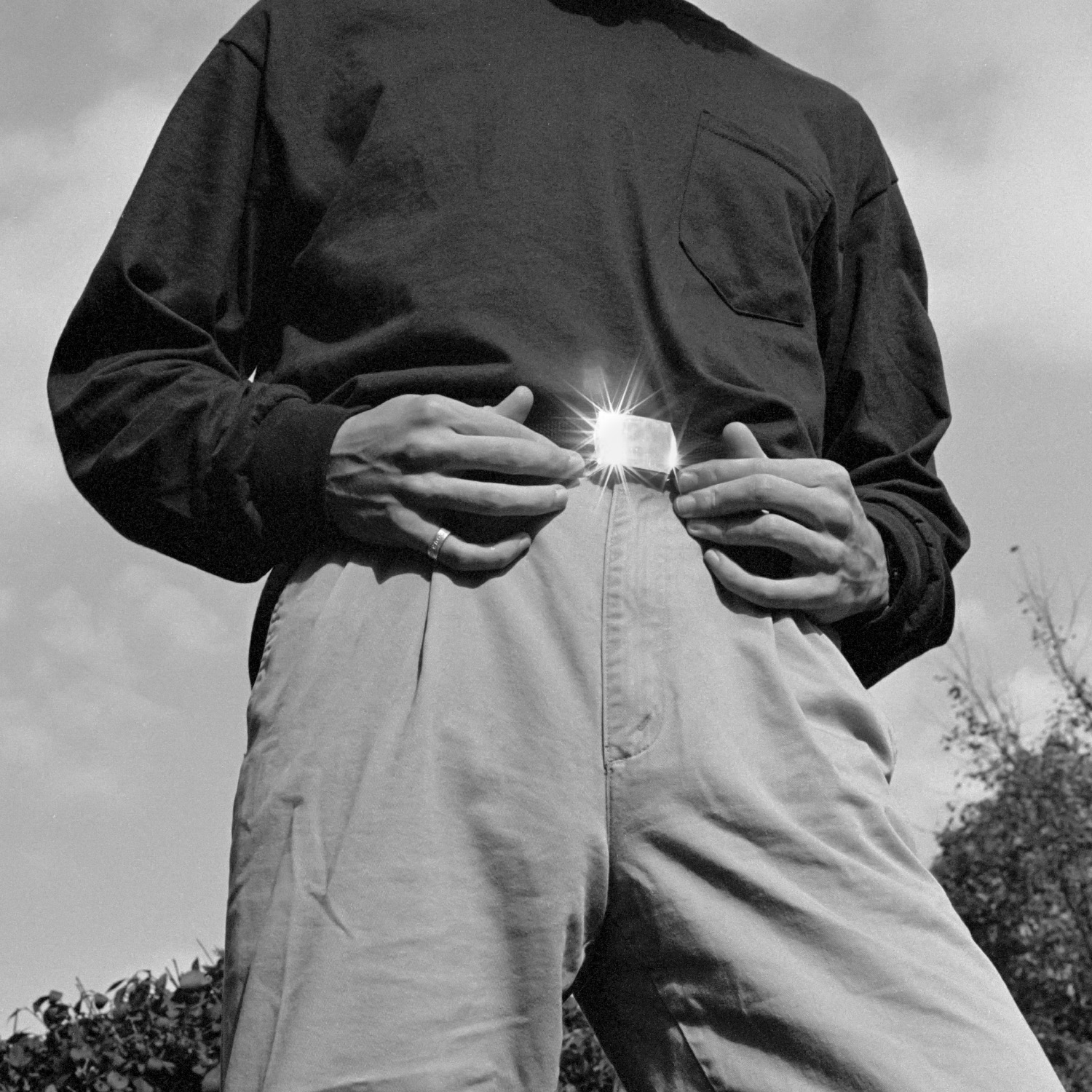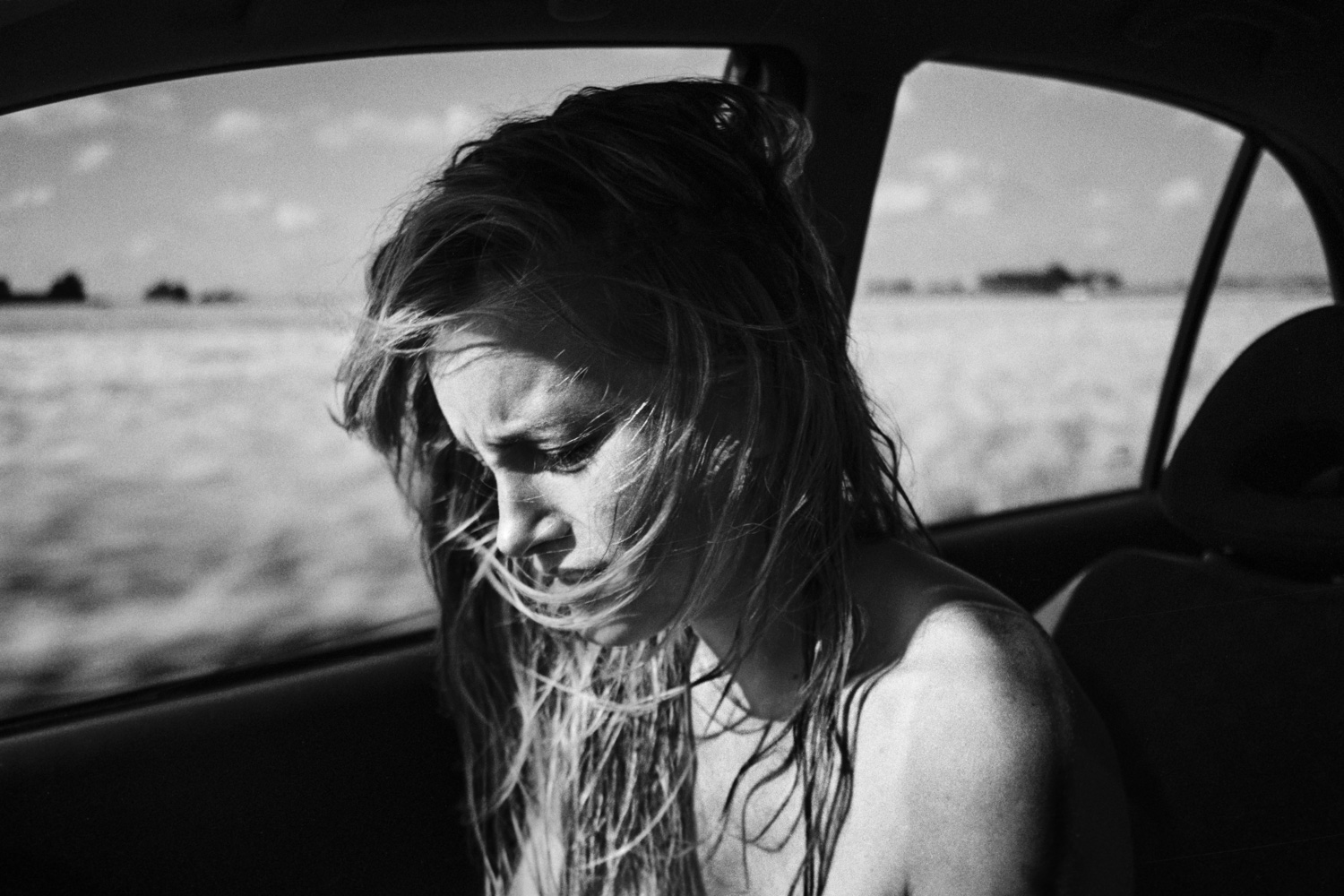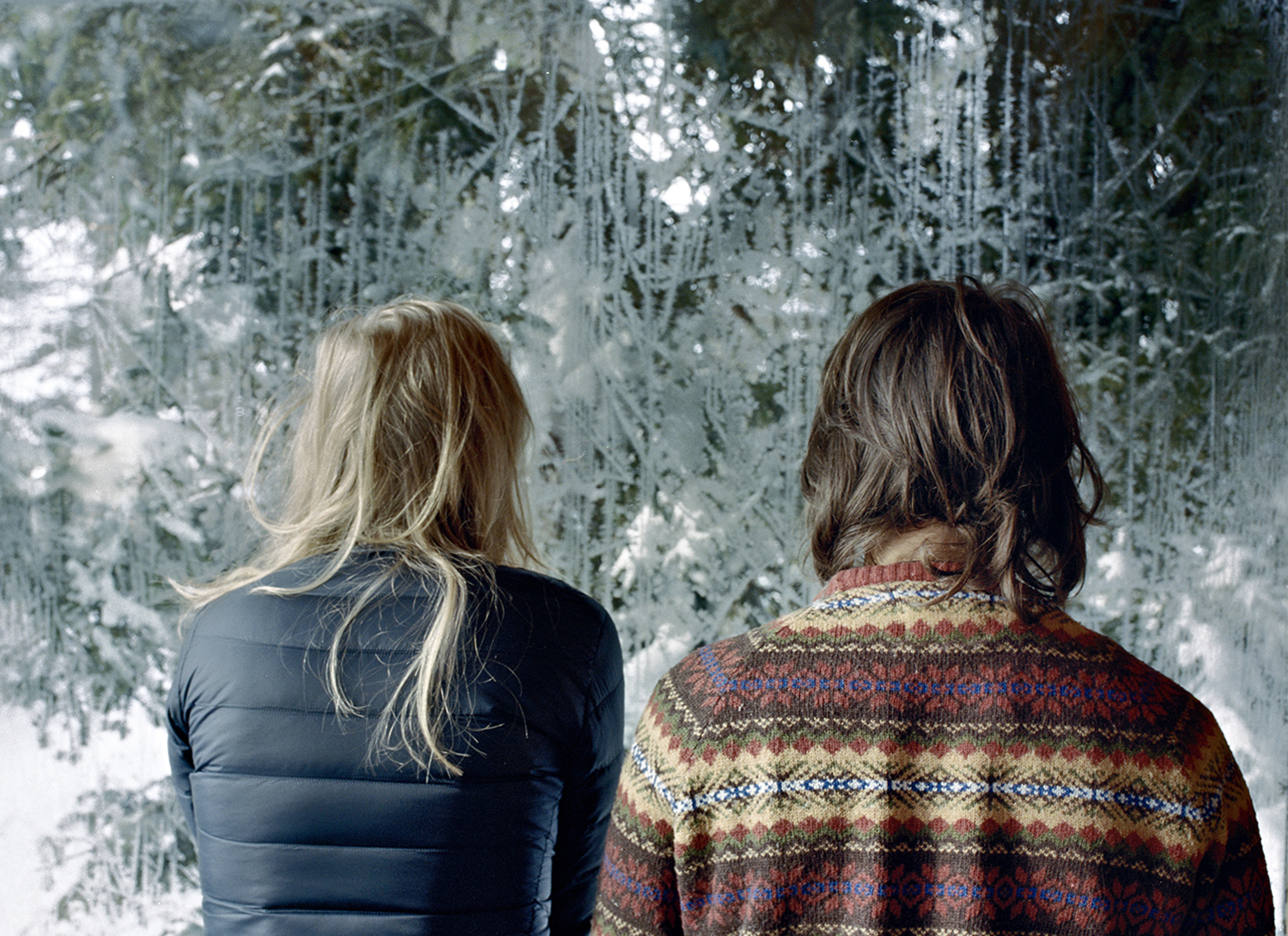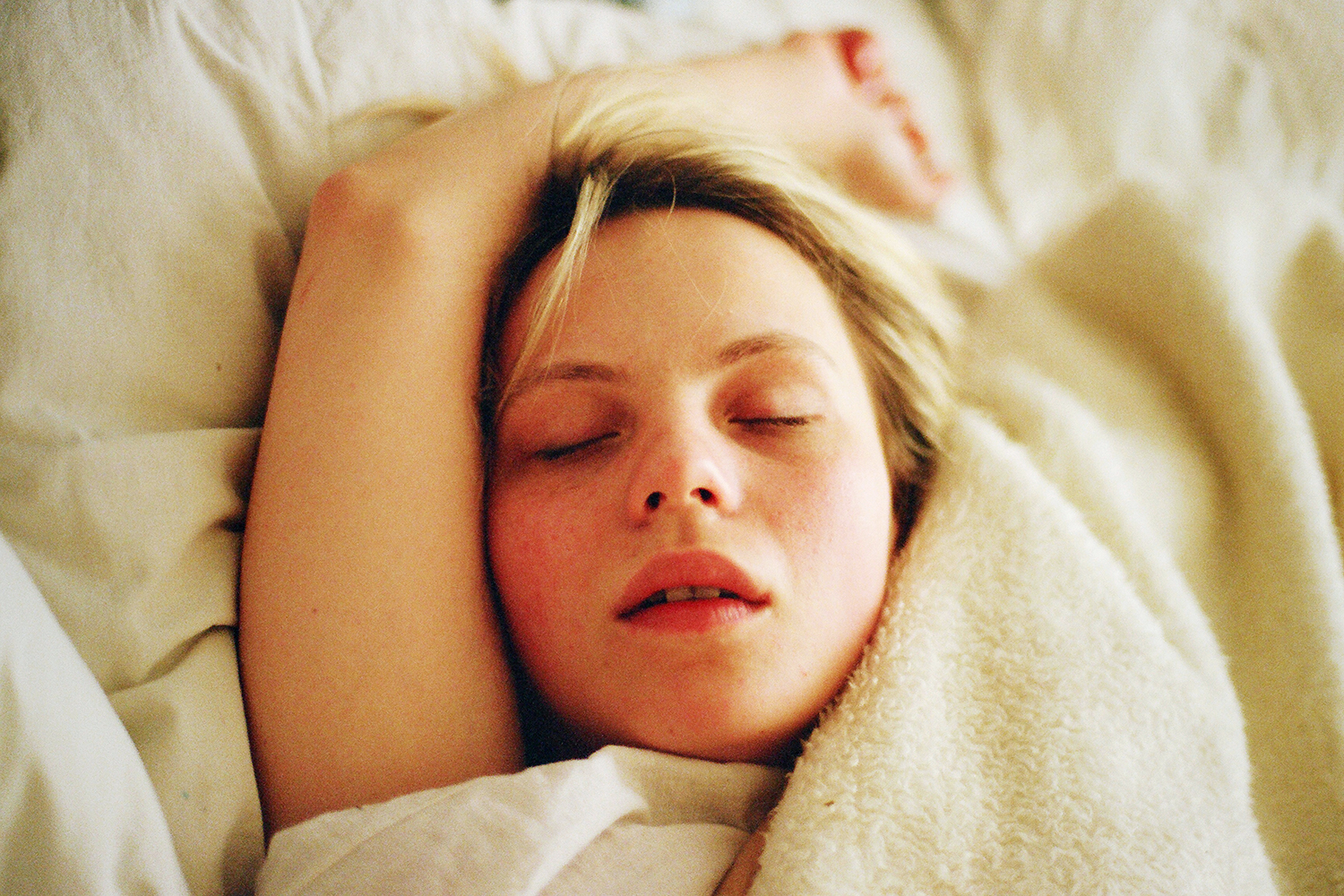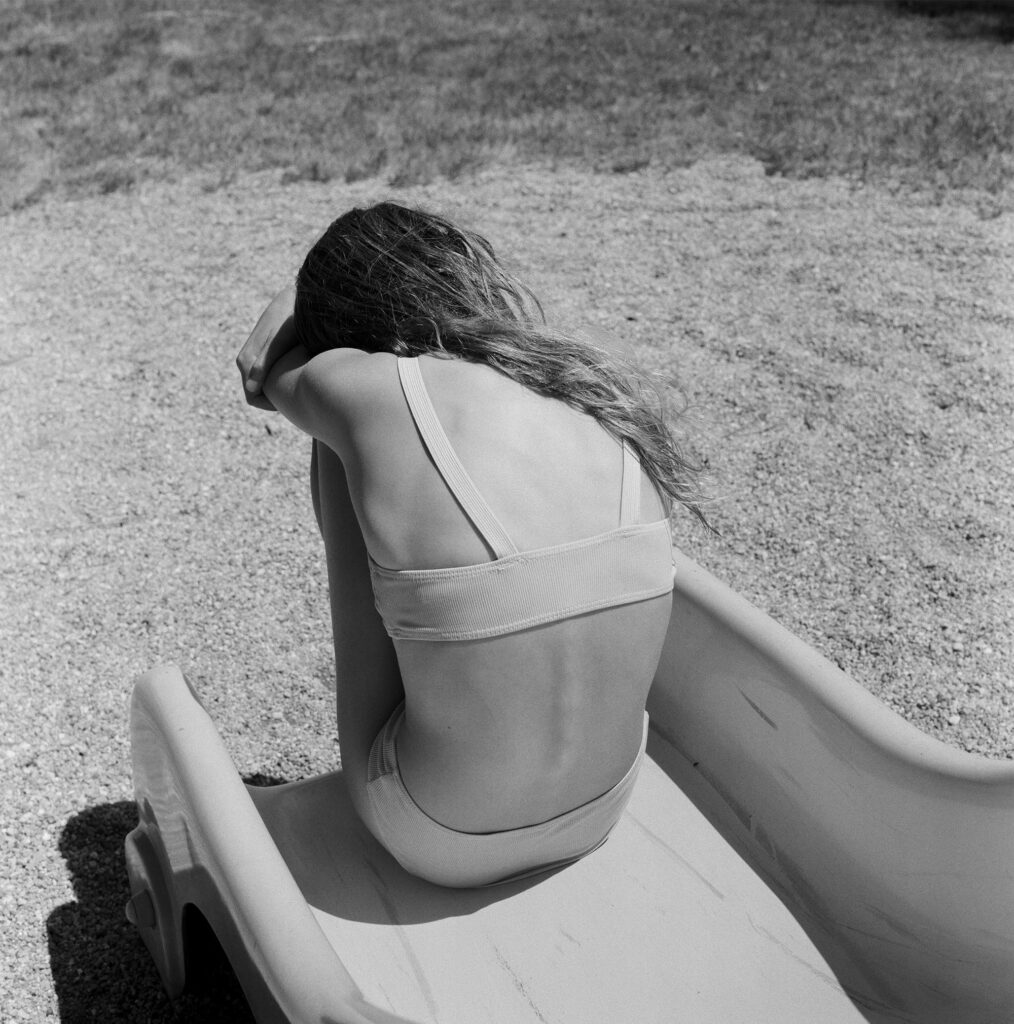
What is Riverland in a few words?
I would perhaps say that Riverland is an introspective photographic journey, consisting of black and white analogue photographs, and depicting various scenes – portraits, stills and landscapes. Most photographs were taken in, and around the rivers and waterways of southern France.
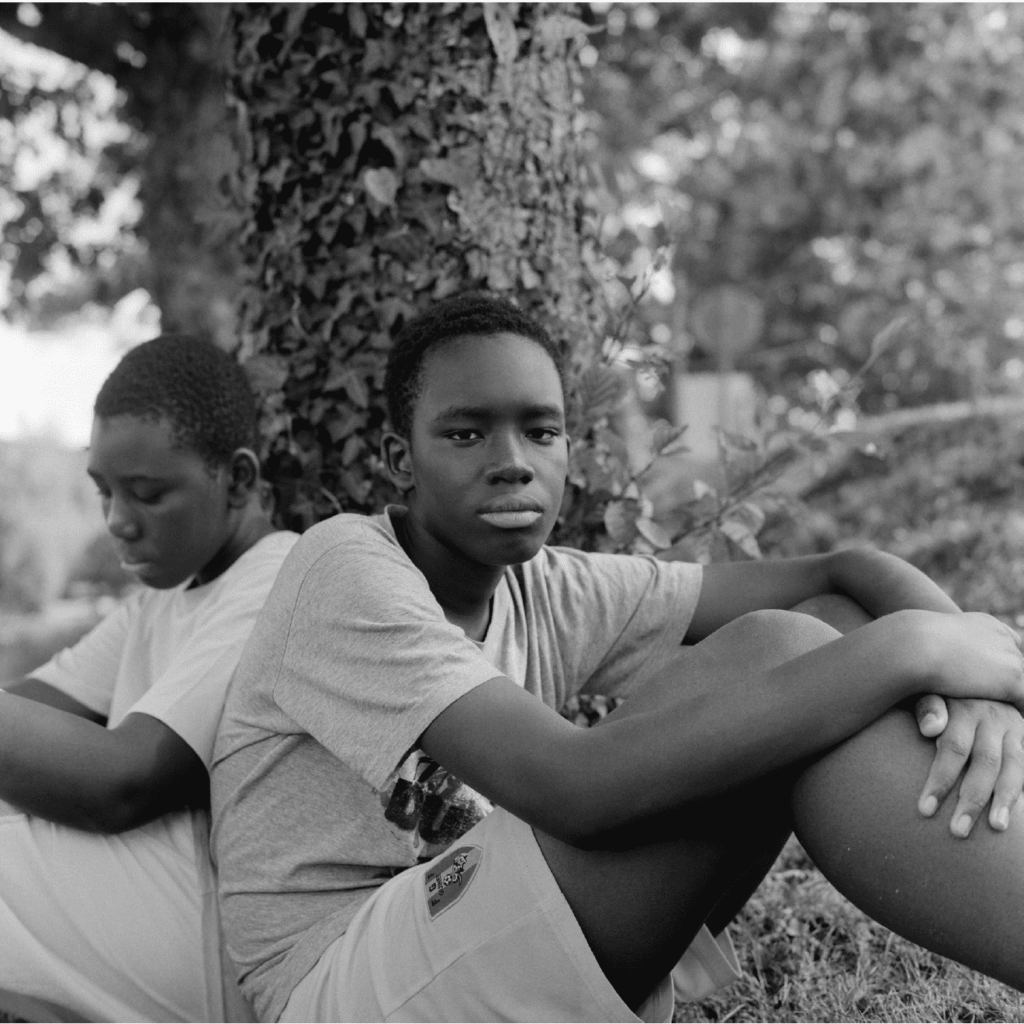
« It was an altogether wonderful experience and exactly what I needed at that time »
When did you feel or know that it would become a project? Right at the start, or did that come later?
No, I didn’t know at all at the very beginning that it would become a project. I had just started taking some photo’s near a river in the south of France, and I wasn’t looking for any particular subject to be inspired by. At that time, I was having some real difficult moments in my personal life, and I was finding myself at a crossroads, while at the same time, the whole world was enduring the global trauma of the Covid pandemic. Traveling and especially international traveling was virtually impossible between the various lockdowns. I was lucky to have a last minute chance to attend a photography workshop with Vanessa Winship and Israel Ariño in the Indre region of France. It was an altogether wonderful experience and exactly what I needed at that time. Looking back, I think that the inspiration for the project started there and then, while photographing a bunch of little boys in trees on the Creuse river of the Indre. It felt almost surreal to be there during those challenging times, and to be photographing these gorgeous, happy, and enchanting moments. It was kind of a eureka moment for me, and it ended up becoming the core of the work to which I wanted to add more to. The idea to make it all into a project happened later on.
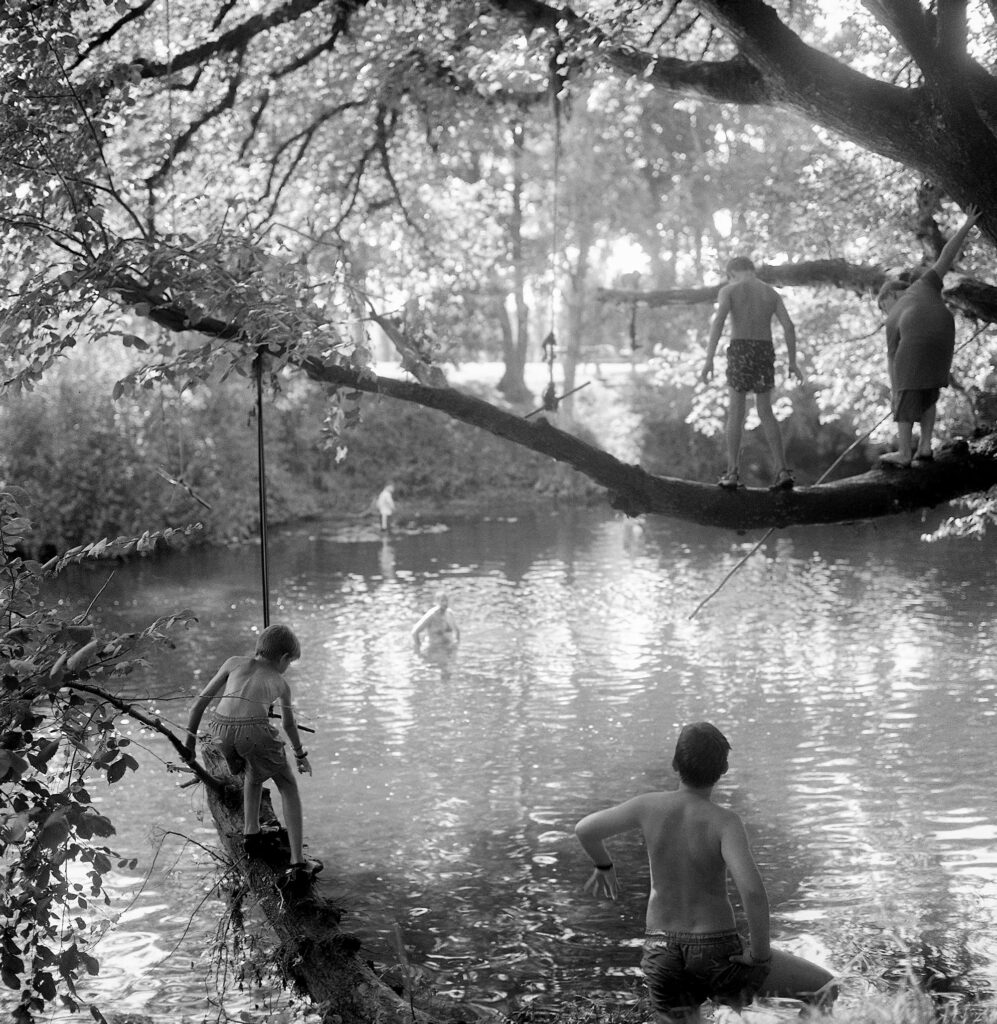
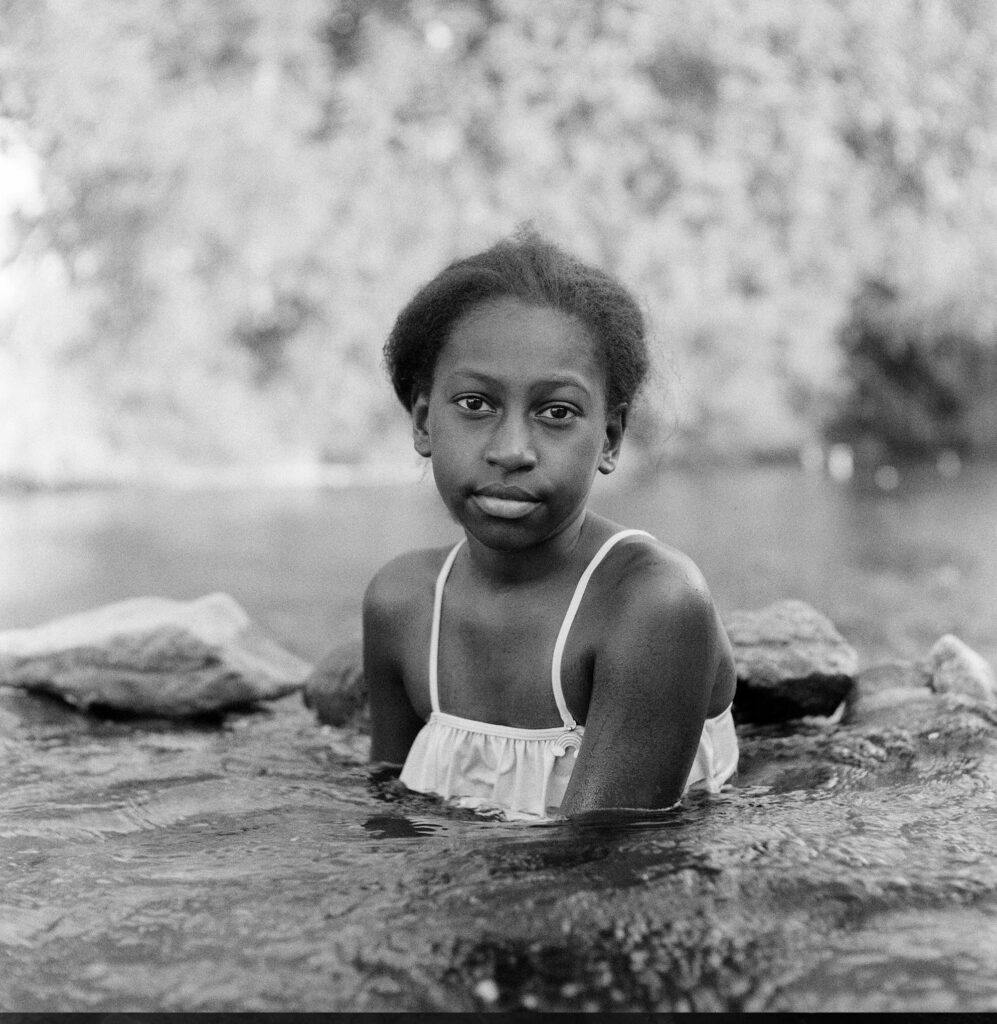
Where exactly was Riverland shot? Did you live nearby, or did you need to travel to access the location regularly?
Most photos (with perhaps a few exceptions) were taken in and around rivers in various regions of southern France. (The Indre, Aveyron, Hérault, Ariège, Lot-et Garonne, Tarn, among others..) In spite of being 100% Dutch, I’ve actually lived in France for more than half my life, and I am normally based in the Ile de France area, near Paris. For the project I’ve traveled south though, and have gone there many times over the last 5 years and stayed in various regions – some of them mentioned above. I am actually planning on moving permanently to the south of France within the foreseeable future, as I have really come to enjoy the overall ambiance, the variations in nature, and the easier (and cheaper) lifestyle of southern France, and in addition, I have several friends living in the area as well.
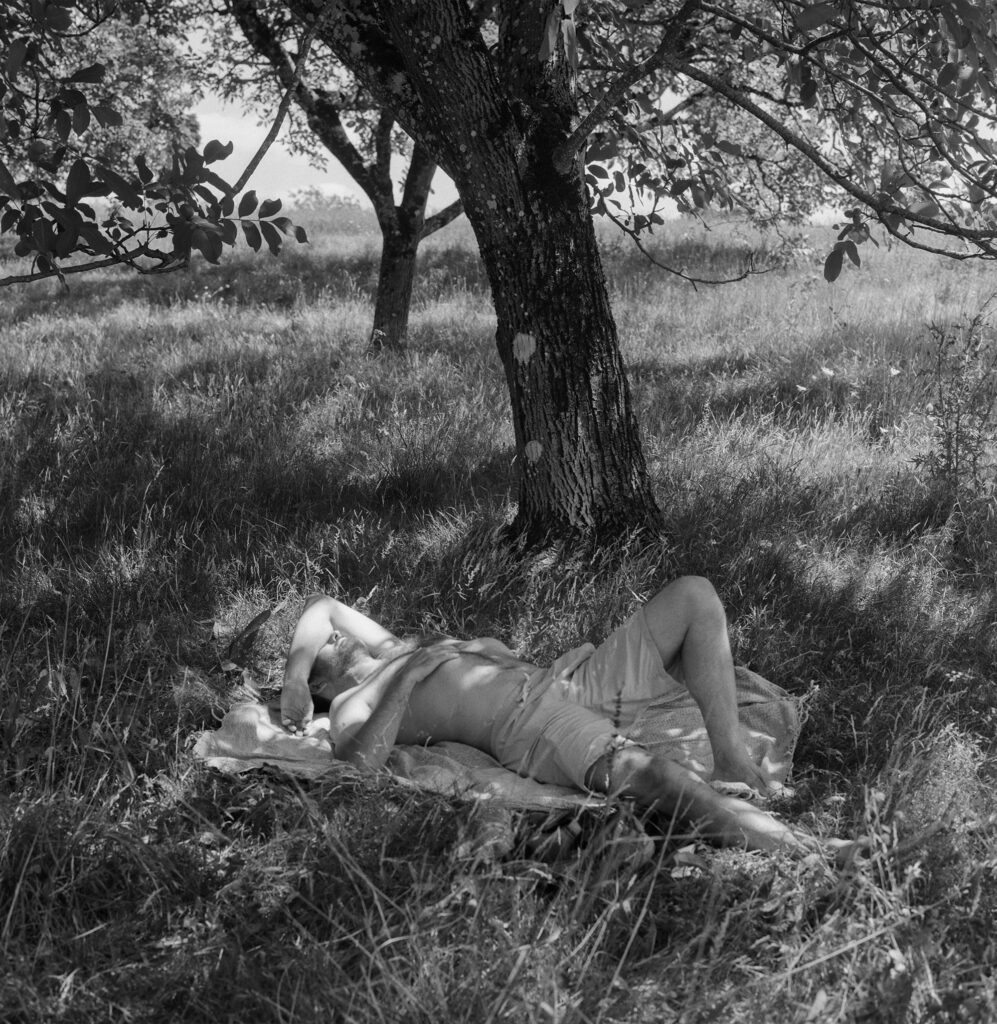
The first photos were taken in 2020 and the very last ones at the end of 2024. And I guess that for except the period right after I started the work in 2020, I worked quite steadily on the project and in regular phases, yes. I would also say that most of the photos were perhaps taken in the warmer months of the year (as it seemed somewhat easier then, to meet and photograph people), but some of the photos in the book were taken in the autumn too, and even some in winter times. I kept the real wintry images of snow etc. out of the work though on purpose, as it didn’t really fit the narrative in the end in my opinion.
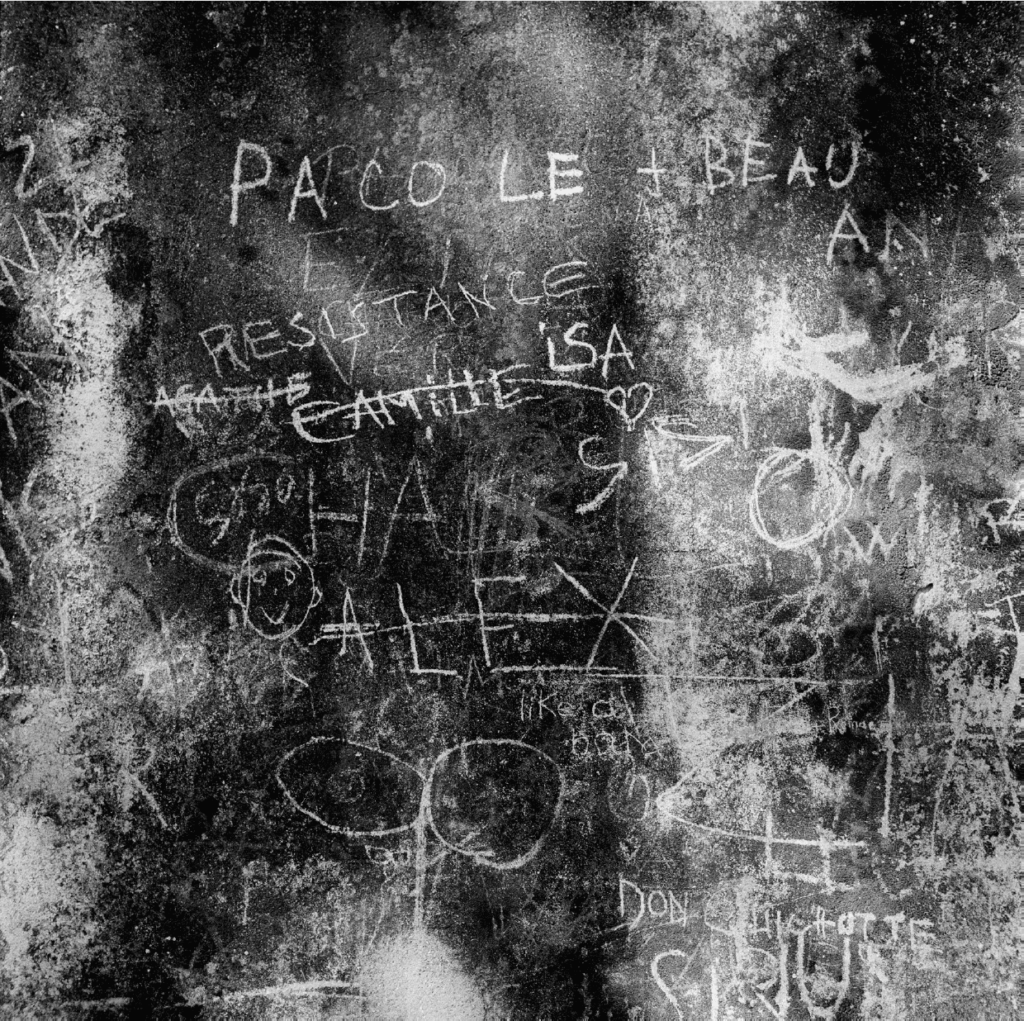
« Finding the right light was crucial for the poetic mood »
Did you set any routine for yourself—specific days, times of day, or light conditions to return to?
Finding the right light was crucial for the poetic mood I was after in my pictures. With a couple of exceptions, most of the photos for Riverland were taken either very early in the morning at the first available light, or in late afternoon/early evening – at dusk or even later. I usually used the daytime (when the light was much harsher) to explore various areas, trying to find places and spots of interest to photograph and come back to afterwards.
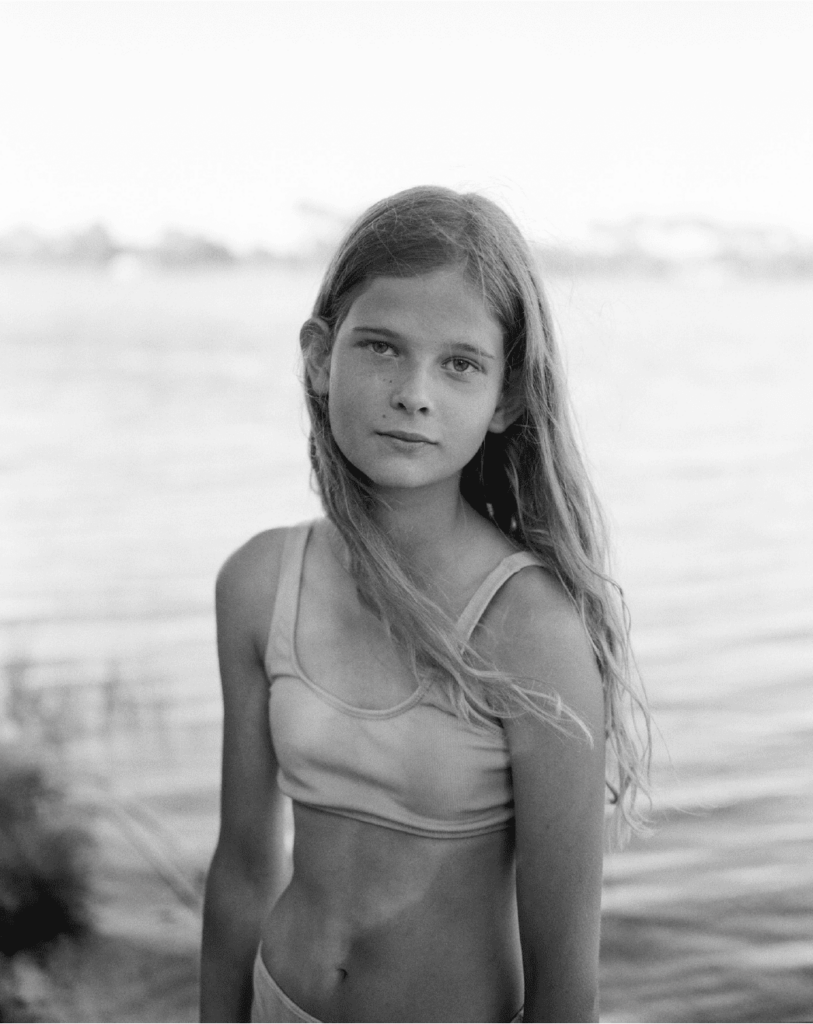
« …get away from that very intense and aching situation »
How did you organize your schedule to allow time for shooting while balancing your personal and family responsibilities? Was the project driven more by planning or by spontaneous availability?
As I referred to above, and explained in my short statement of the work, I was at a difficult place in my personal life when I initially started taking photos for the project. I had been feeling rather depressed for a long time, and was finding myself at some sort of crossroads at that particular moment. My parents had died, and I had some confusion of identity and sense of belonging – perhaps something of midlife crisis happened – I don’t know. I also was balancing many things – being a mother, a woman, and trying to make it as an artist too. Anyway, it all felt pretty intense! Subsequently, I took the decision – at the very early stages of (what later would become) Riverland – to leave my marriage and to separate from my husband of 30+ years. We have 6 children together, and especially because of that fact, it has been a tremendously difficult time coping, and accepting that new situation, for us all. Although I live nearby now, and see my children whenever possible, things remain very difficult. So going to the rivers down south, was also to completely get away from that very intense and aching situation, while trying to sort things out in my head and to make some sense of what had happened.
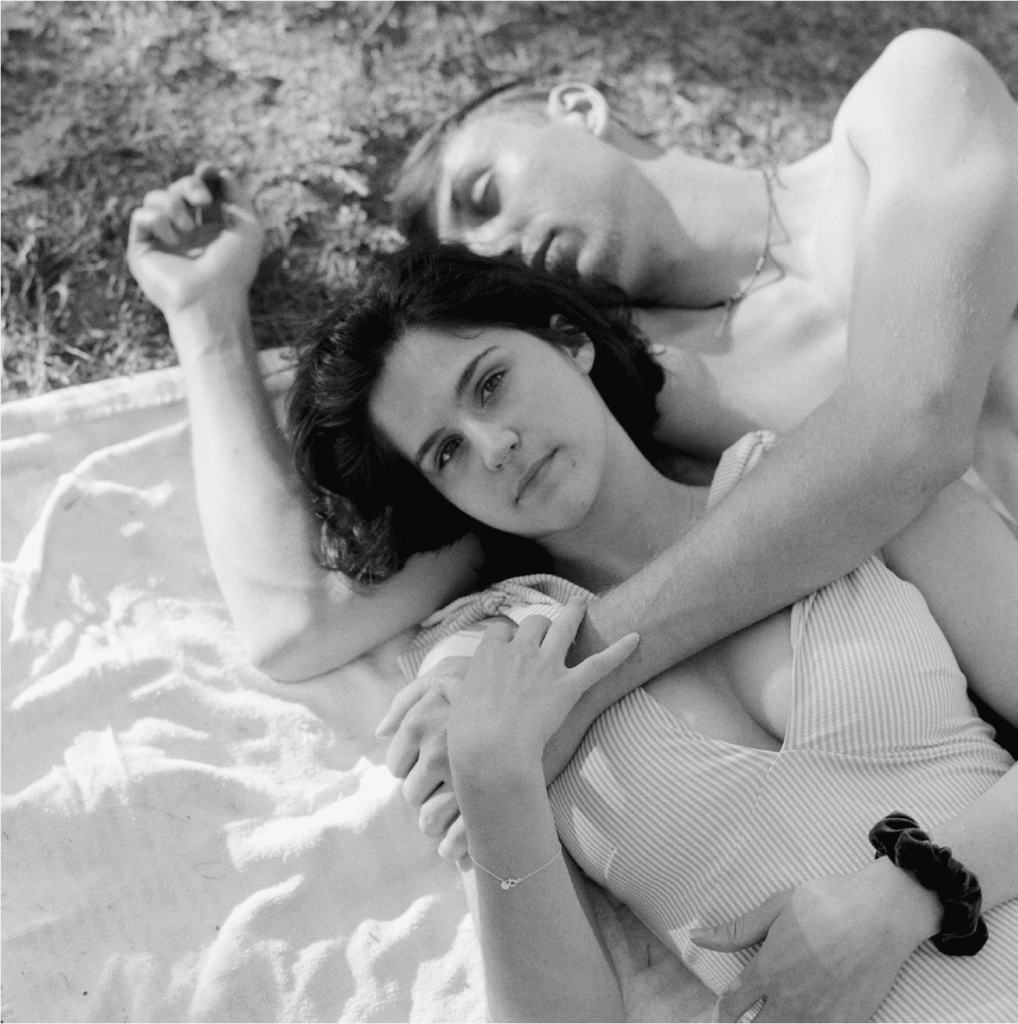
Is there any specific touching moment(s) that you can share with us?
I really loved the interaction with horses everywhere I went. I was never really close to horses before, but I saw and photographed many horses over the course of the project, and I was always in awe of these magnificent animals. They’re so graceful and intelligent, and sweet – and so photogenic too! They have very gentle eyes.
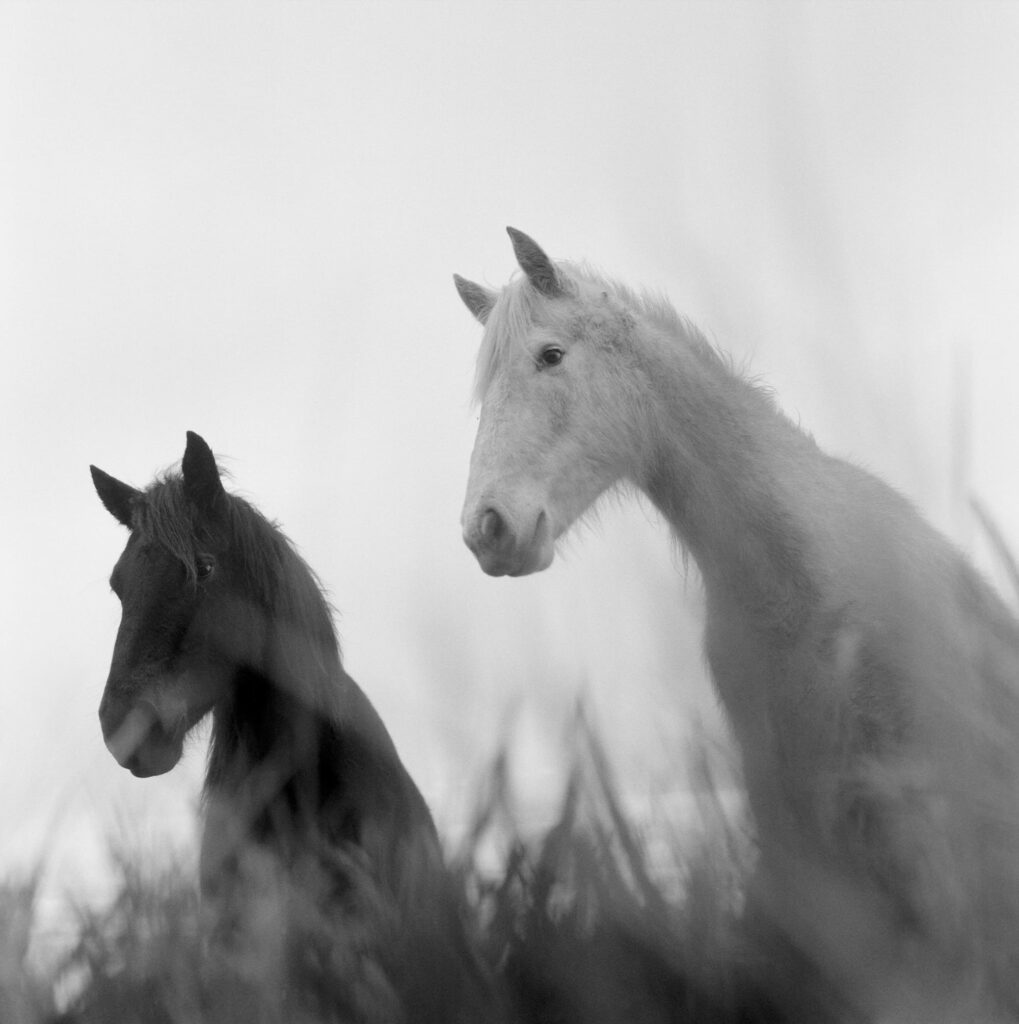
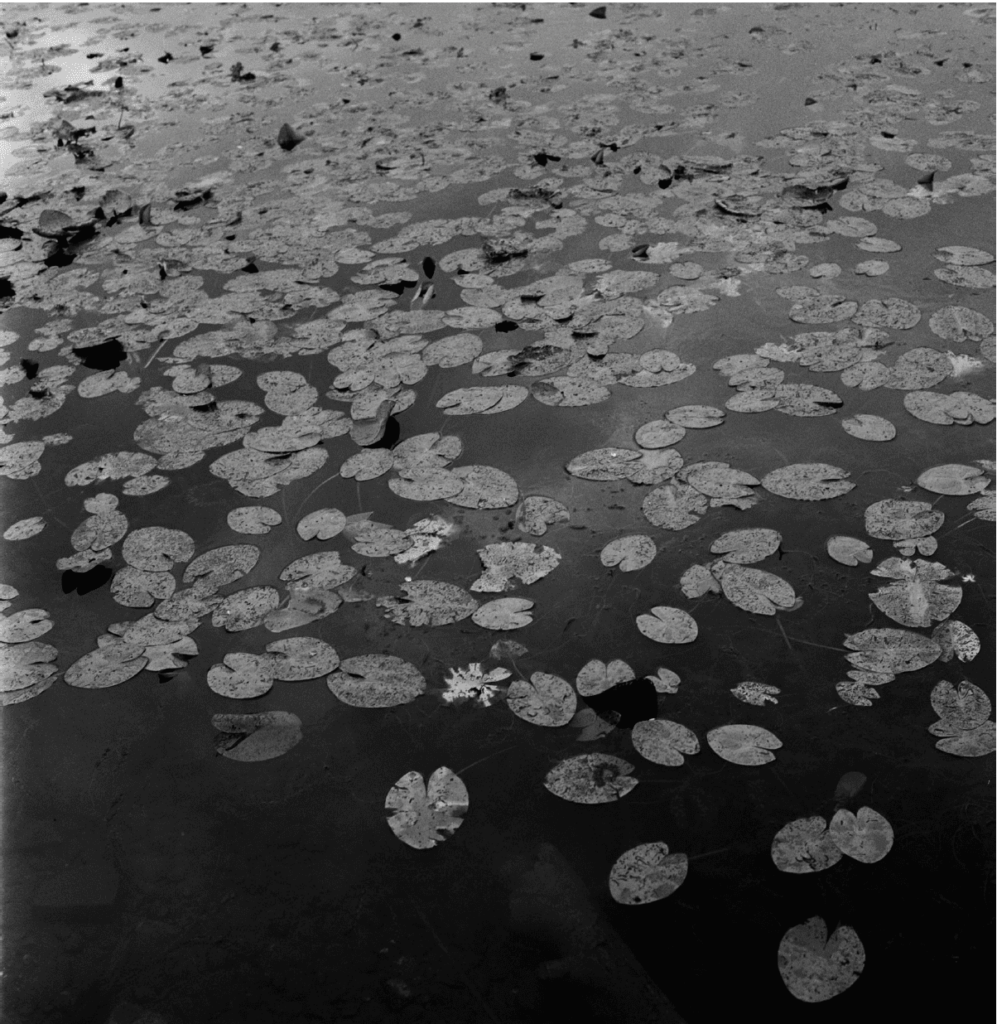
Was Riverland entirely self-funded, or did you receive any grants, sponsorships, or artist support? What were the main expenses (film, travel, printing, scanning, book production), and how did you budget for them?
All the main expenses for Riverland, I paid for myself – all of the film, scanning, printing, lodging and traveling etc. All the photos for Riverland were taken with a Mamiya 7II & Mamiya C330, and a Rolleiflex. I love the soft rendering results of the Rolleiflex – it really has a quite unique creamy overall feel. The black and white film I used was Ilford’s HP5, as I appreciate the variations and tonal range of the greys within the black and white. I think it’s a perfect film for both landscapes and portraiture. Photographing had always been an important outlet for me, and something that I had been doing for a long time already. At the beginning of the project, I was just taking pictures for myself first and foremost, and the intent wasn’t there to make a photobook; that was something that happened gradually and over time. At some point, I started looking back at all the photos I’d taken, and I saw the potential of several of the images fitting together in a (for me) coherent way. The story of the project evolved much more clearly from then on, and it was around that time that I envisioned a potential Riverland book. For the book itself, I did appeal to several foundations and institutions for financial help. I was very fortunate to receive a grant from the Jaap Harten Fonds (a Dutch art and literary foundation) as well as a financial contribution from a British nonprofit organisation. Nowadays it seems to be the norm that photographers pay most themselves for the making of a photobook, which really proves to be tremendously difficult – and honestly, if it weren’t for that financial support I received, I could not have done it!
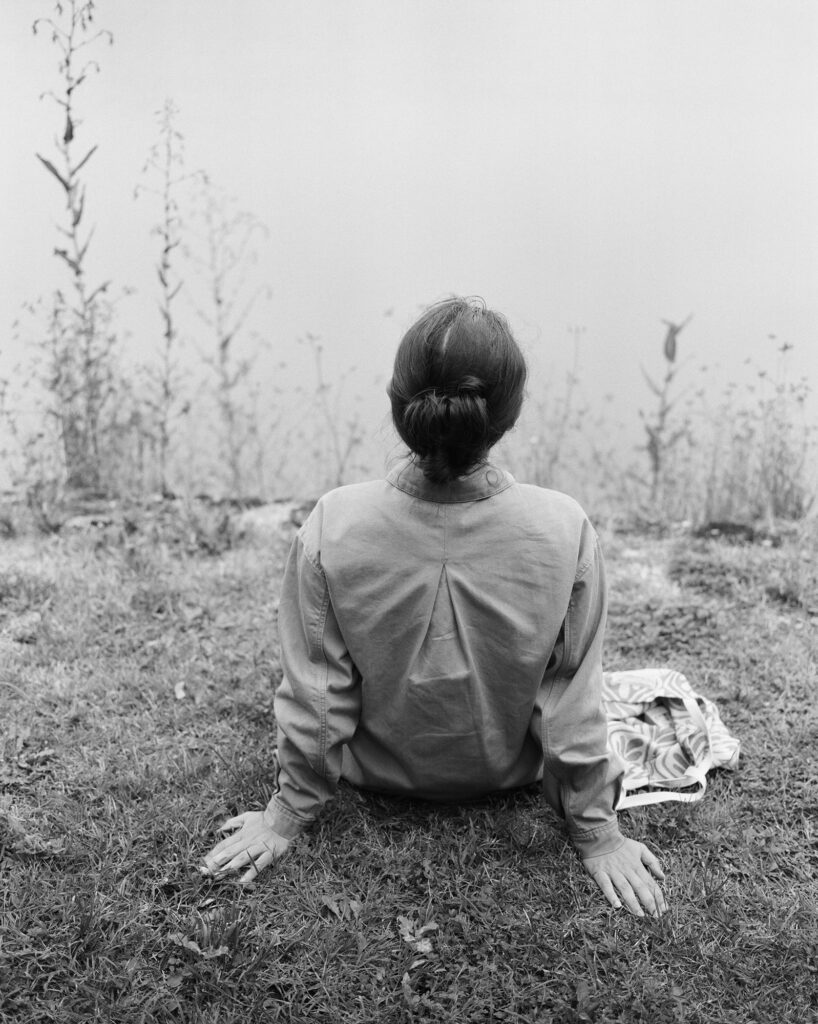
When did Stanley/Barker become involved? Were they part of the project early on, or only after completion?
I always loved the thoughtful care, the original designs and the consistent beautifully printed photobooks of Stanley Barker. They had been on my radar screen for many years, and when they organised their first-time book making workshop, I immediately applied. I have not done that many workshops in my life (you can count them on one hand) but I am glad to say that each one has brought me something special. In this case, I felt that the connection with Rachel and Gregory felt nice and genuine right away, and Rachel told me afterwards that they really loved my work, and that they definitely wanted to work together with me. I was still continuing the project at that time, but we subsequently kept in regular touch. And now a couple of years later is the result: my first book!
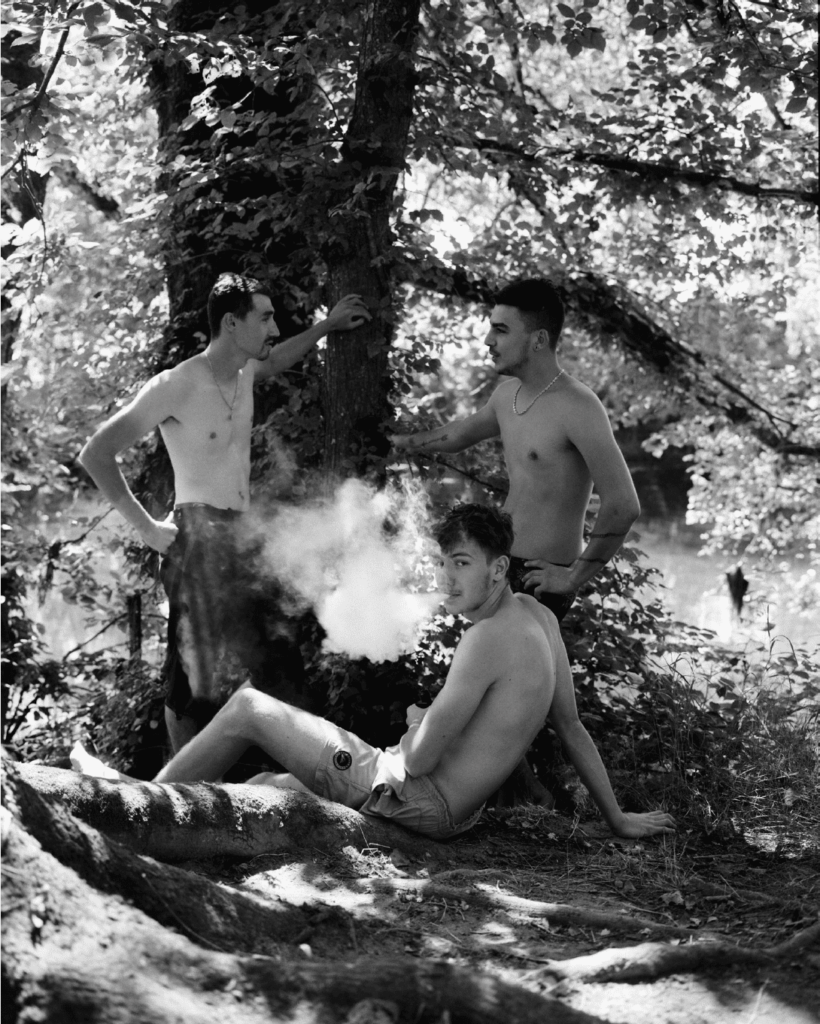
How long did the post-production phase (scanning, editing, printing, bookmaking) take after you stopped shooting?
During the years of making photos for the project, I usually scanned the photos quickly after having them developed at the photo-lab. I then subsequently chose to have a few bigger scans and/or darkroom prints made of some selected ones that I felt good about. The last photo that I took for the book was in December 2024. Before the final selection process of the book started, I had brought down the photo-candidates to about 300 pictures (from >1000) and re-grouped them into A & B choices. The selection process for the book started at the beginning of 2025, with Gregory of Stanley Barker and myself, and we finally settled on the pictures that would go into the book and the sequence of them a few weeks later. The printing for the book was done in March at EBS in Verona, Italy, and the book was launched just recently.
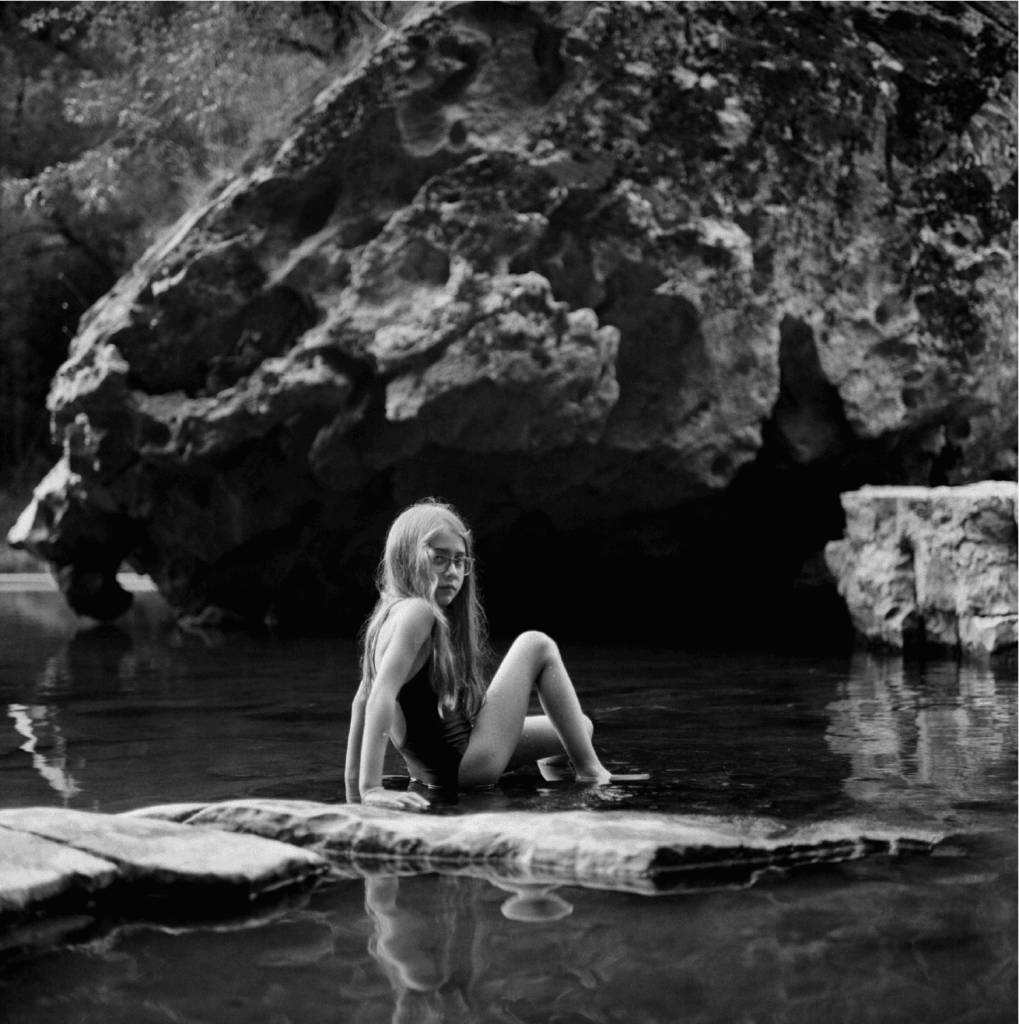
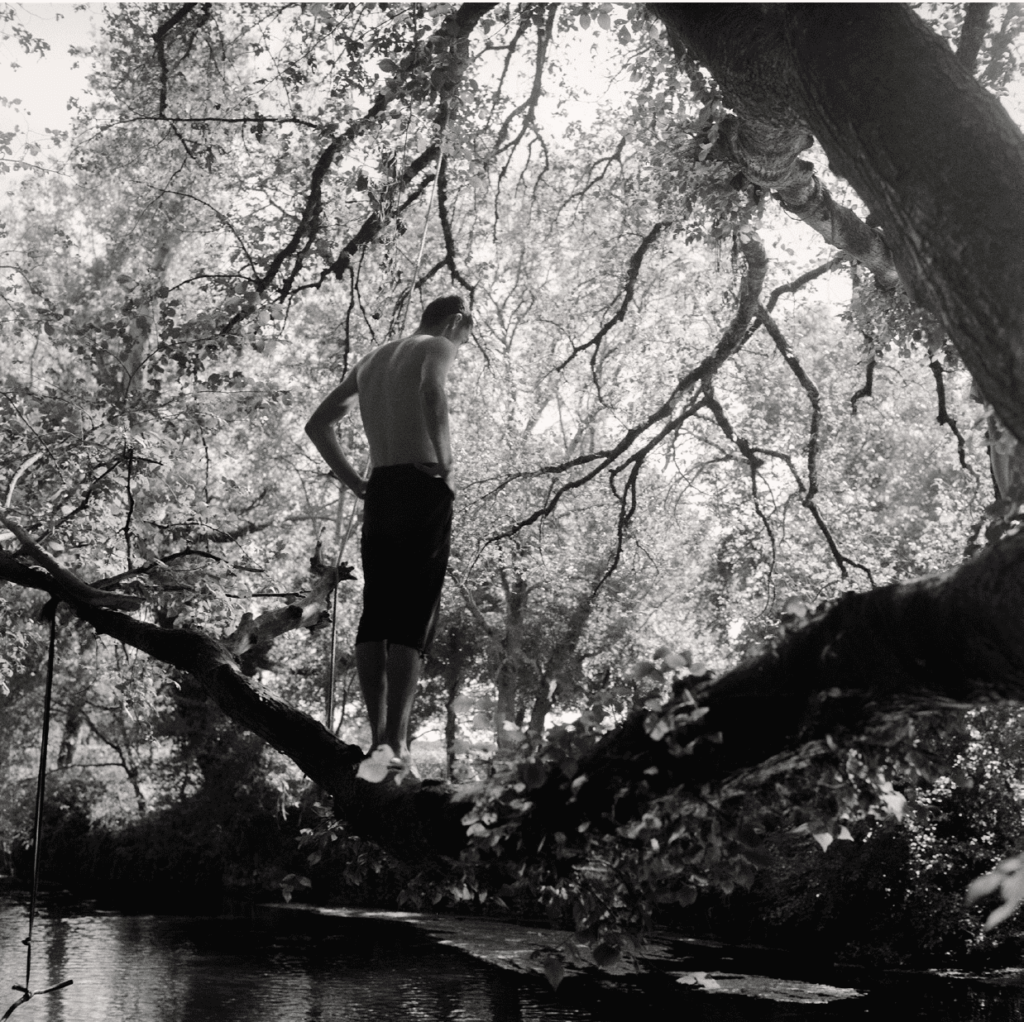
Tell me your top 5 photobooks. The ones should we absolutely have or see—or which books influenced you deeply?
There are so many great photographic artists whom I admire, working at the moment, and they’ve produced some really amazing books. Just off the top of my head, thinking for example: Maja Daniels, Martin Bogren, Denis Dailleux, Bryan Schutmaat, Sian Davey and so many others. But if I can only pick five photobooks (and going back in time too), I would perhaps select the following:
Jasper – Matthew Genitempo
I remember buying this just after it had come out, and it was the most expensive book I had bought until then, but I never regretted it. It is such a gorgeous book, with a real distinct mood of a place that I didn’t know anything about before. It just took me completely in, and I have re-visited it often since. (Silly fact, before buying it, I thought that the book was about a man named Jasper.
She Dances on Jackson – Vanessa Winship
Just a gorgeous book, with beautiful portraits and powerful scenery, so gracefully put together – deep, and down to earth at the same time. One of my all time favourite photo-books, for sure.
The Lines Of My Hand – Robert Frank
I’ve always found this to be such a profound and moving work. So many emotions running through it, with texts and photos. The last quote of the book says a lot: “ Hold still Keep going”
Tomatoes On The Back Porch – Susan Paulsen
A little gem of a book. A beautiful selection of images, which really touch me, and has remained fresh and original in my opinion.
A Voice Above The Linn – Robbie Lawrence
It’s my personal preferred book of Robbie Lawrence by Stanley Barker; a real original treasure of a book.
The emotional story is very delicately rendered in both B&W, and colour photos, filled with poetry and sentiments, and beautifully sequenced as well.
Interview by Kalel Koven
Support and find the work of the photographer here: website – Instagram
The book « Riverland » published by Stanley / Barker is available here

